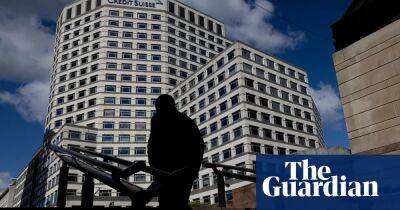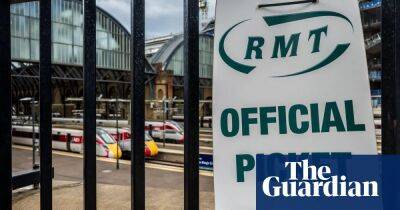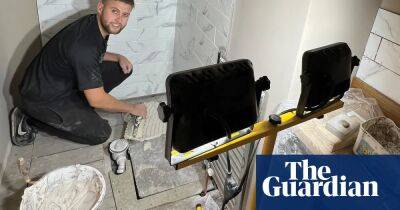Old walls, new life? Britain’s builders embrace the retrofit revolution
A stone’s throw from London’s affluent Sloane Square, a 1980s redbrick facade hides a fully revamped office building, partially built from reclaimed materials. The new features include larger, opening windows, higher ceilings and two “green walls” of living plants on the outside. The car park at the rear has given way to almost 80 cycle spaces, along with lockers and showers.
Holbein Gardens, which is nearly complete and will house up to 260 workers across six floors, is Grosvenor Group’s first net zero carbon office building in its 346-year history – and Grosvenor is keen to points out that it is net zero in operation, without relying on carbon offsets. The Duke of Westminster’s property company, which owns swaths of London’s most exclusive neighbourhoods in Mayfair and Belgravia, decided to redevelop the mid-1980s concrete-frame building and add another storey – the latest example of the nascent “retrofit” boom.
Retrofitting is a conscious move away from the practice of knocking down office blocks after 25 to 30 years to build again, and it is starting to catch on. For instance, the US bank Citigroup plans a major overhaul of its 42-storey tower in Canary Wharf, to be completed in early 2026.
Retrofitting the UK’s historic buildings, from Georgian townhouses to the mills and factories that kickstarted the Industrial Revolution, could generate £35bn of economic output a year, create new jobs and help the government achieve its climate goals, according to a new report jointly authored by the National Trust, the housing trust Peabody, Historic England, the crown estate and Grosvenor.
The British Property Federation (BPF) supports a “retrofit first” approach, and wants the government to introduce an “overarching retrofit
Read more on theguardian.com





















